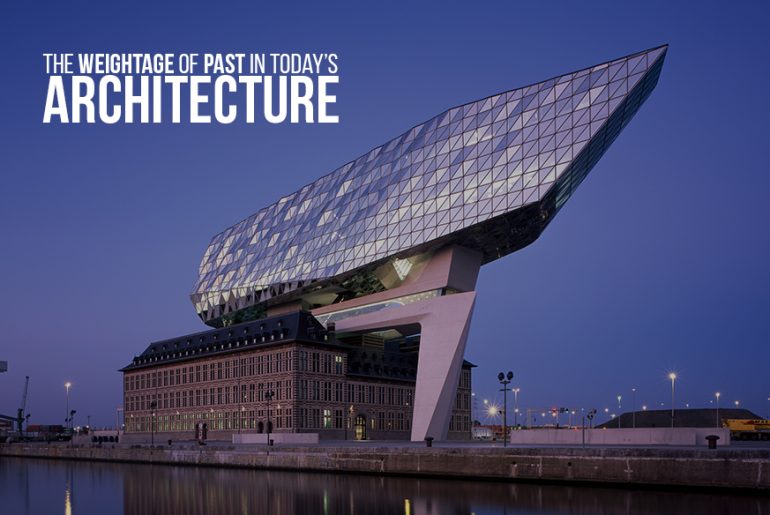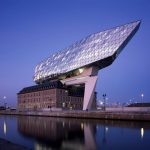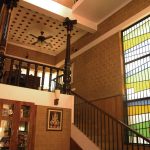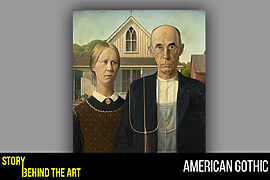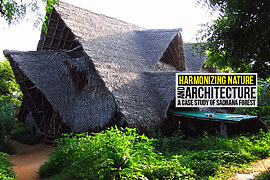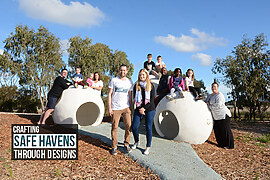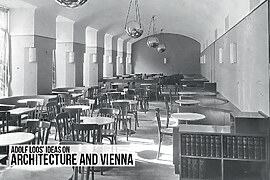Architecture its definition remains unchanged, but the perspective with which it’s being viewed is constantly flickering. Every field evolves and derives so does architecture but on a more extensive level. We look at the present as an embodiment of the past; they’re the foundation on which ages of culture, techniques, and the evolution of construction reside.
The building is much more than a physical entity, it serves mankind in copious ways and for numerous reasons. It’s sometimes stripped down to four walls and a roof but holds up the ideas of sanctuary, solitude, and warmth and is transformable that way, according to its guest.
Yes, humankind is their guest. They play the main character, and the users plot their story. The building takes forward the narrative through various ups, downturns transformations only to look back at its journey, but through it, the building still carries the origin, four walls, and the roof- “The Skeleton.”
And so does architecture. It moves forward with past instincts; the history holds the centrifugal force. Many structures that we see today are their derivatives or tributes. And yes, there are mutations along the way to cater to the current architecture scenarios, but the graceful blend of the past and the present leads to an impeccable future for the field of architecture.
The Blend of Past
Now, taking the idea of the past intertwining with the present comes to the structure designed by Zaha Hadid Architects, the Port House in Belgium. This provides a stark example of preservation and innovation at the same time. The project started off with the intention of hosting around 500 port authority staff in a means that tributes “Like the bow of a ship, the new extension points towards the Scheldt, connecting the building with the river on which Antwerp was founded,”.
“Surrounded by water, the new extension’s facade is a glazed surface that ripples like waves and reflects the changing tones and colours of the city’s sky.”
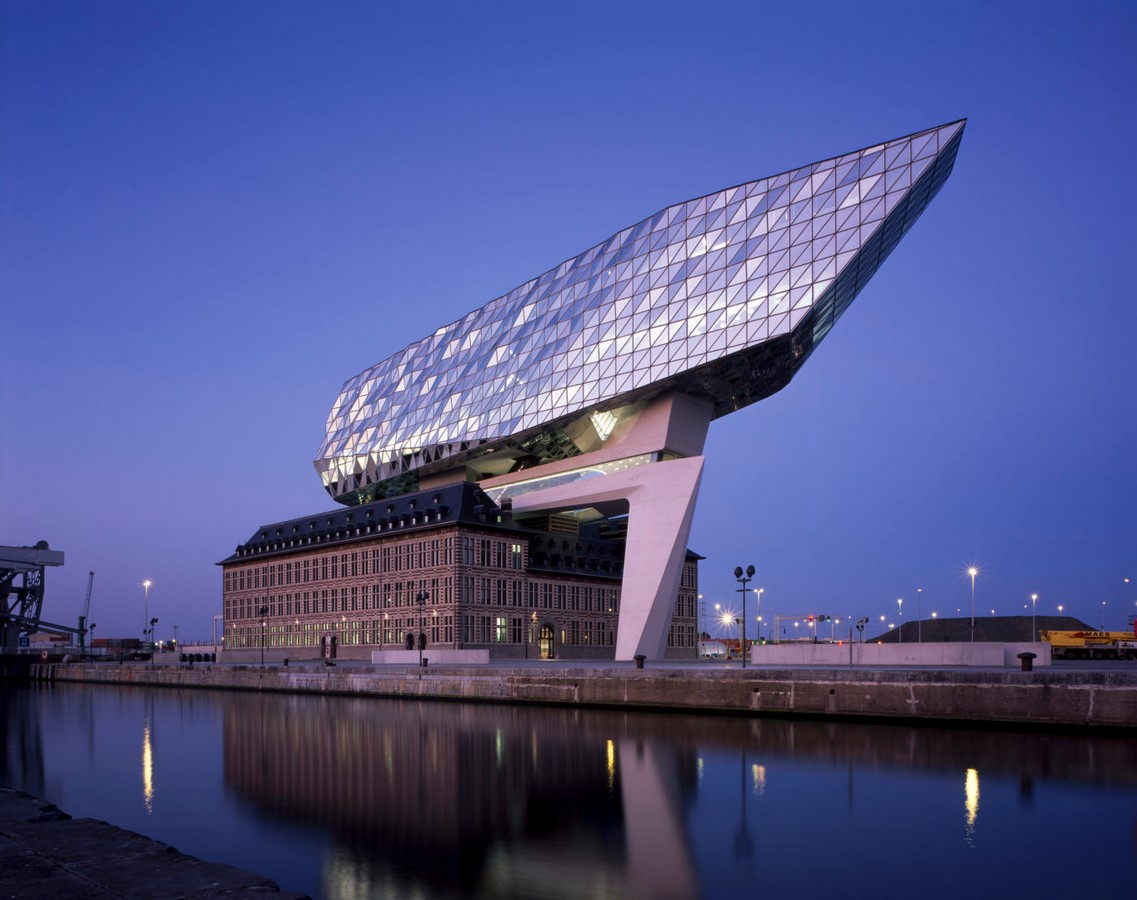
The new addition further sits on the old structure, continuing its facade with modern influence and respecting the cultural adaptions of both decades.
This blend of old and new is now taking over the world and is seen in many other prominent projects, such as the Brooklyn Museum in New York, the City of Fashion and Design in Paris, etc. All this cater to the idea of “when the past works with the present”.
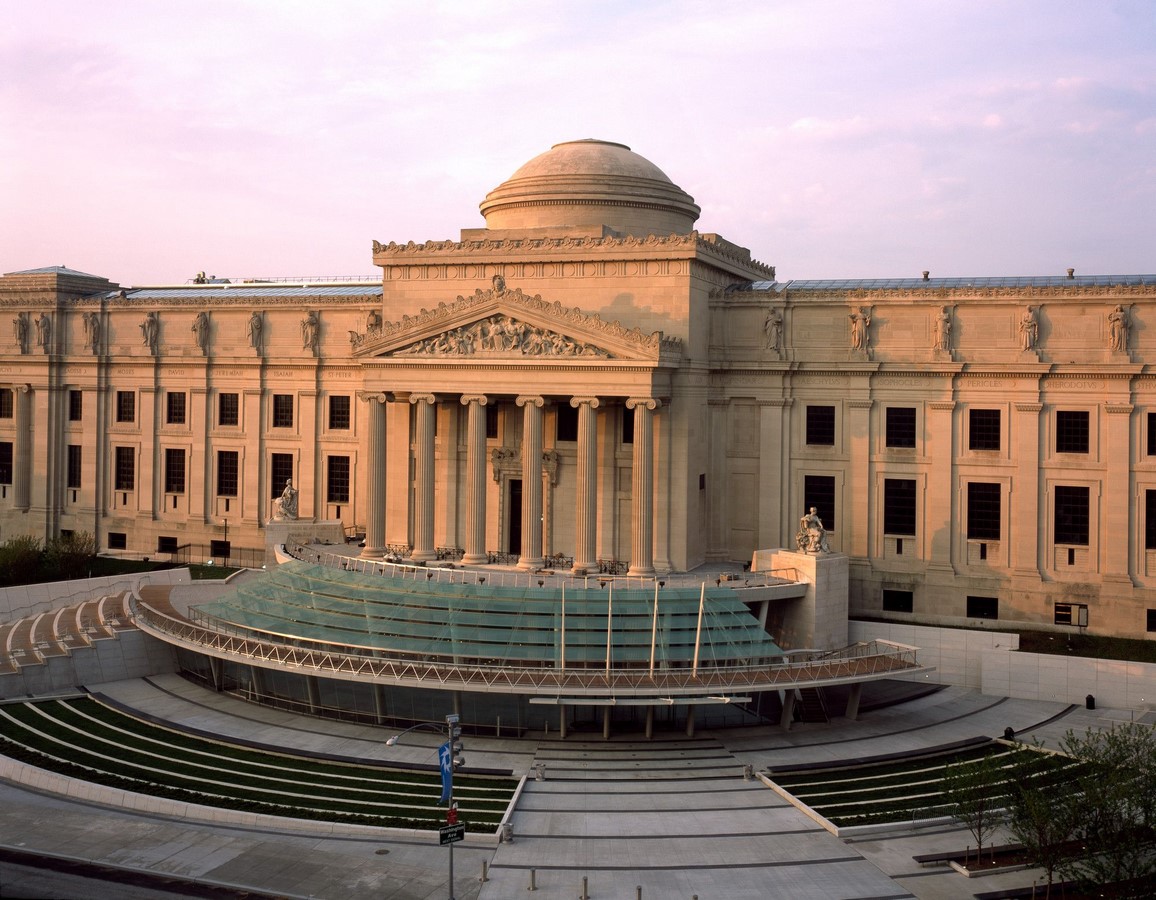
Adaptive Reuse
This concept is familiar and has been adopted for a long time, mostly in countries like India. Re-purposing old buildings according to present-day needs can still hold up the relevancy of the structure.
They are not only leading to a more sustainable future but are preserving the past and, at the same time, remembering it. After the British empire left the country, each state province was given the power to dictate and design their space according to their cultural cognisance. This led to numerous innovations of re-utilizing historic structures, such as palaces being converted to high courts, and also the popular havelis used as the business hotspots and districts in many areas—these attempts at making. The past still works with the present, led to enormous space conservation, cost-efficient, and also gave India its architectural identity.
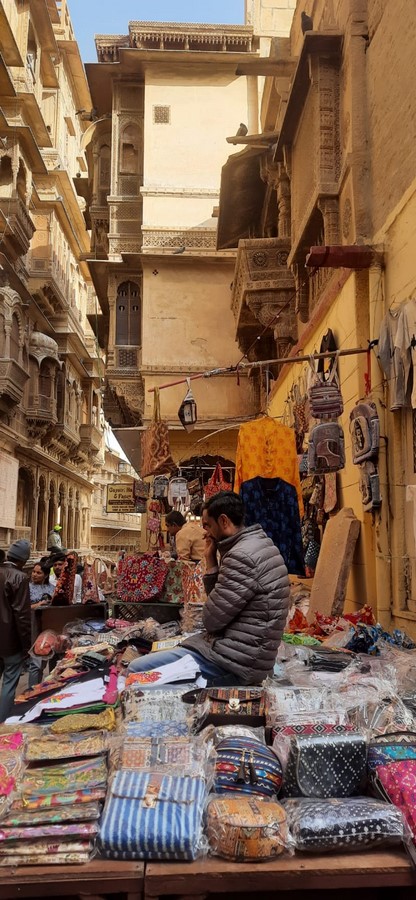
Crafts in Interior Architecture
Native crafts carry a sense of authenticity. When culminating with the field of architecture, they give out spaces that are entirely context-driven and dictate ownership of the people in that particular area to communicate with it. This seamless interaction is what makes the art of construction distinctive. In India, crafts were given the utmost importance and used as mock-ups for various architectural elements.
Chitra Vishwanath is a leading architect based in Bangalore who devotes to using sustainable materials and techniques to design space. The architect is keen on trying the potential of mud as the building material and has extensively used them in one of her private residency projects; further innovations were made using in-built terracotta lamps for the ceilings, which carried a sense of ethnicity that helped in transforming the house to a home.
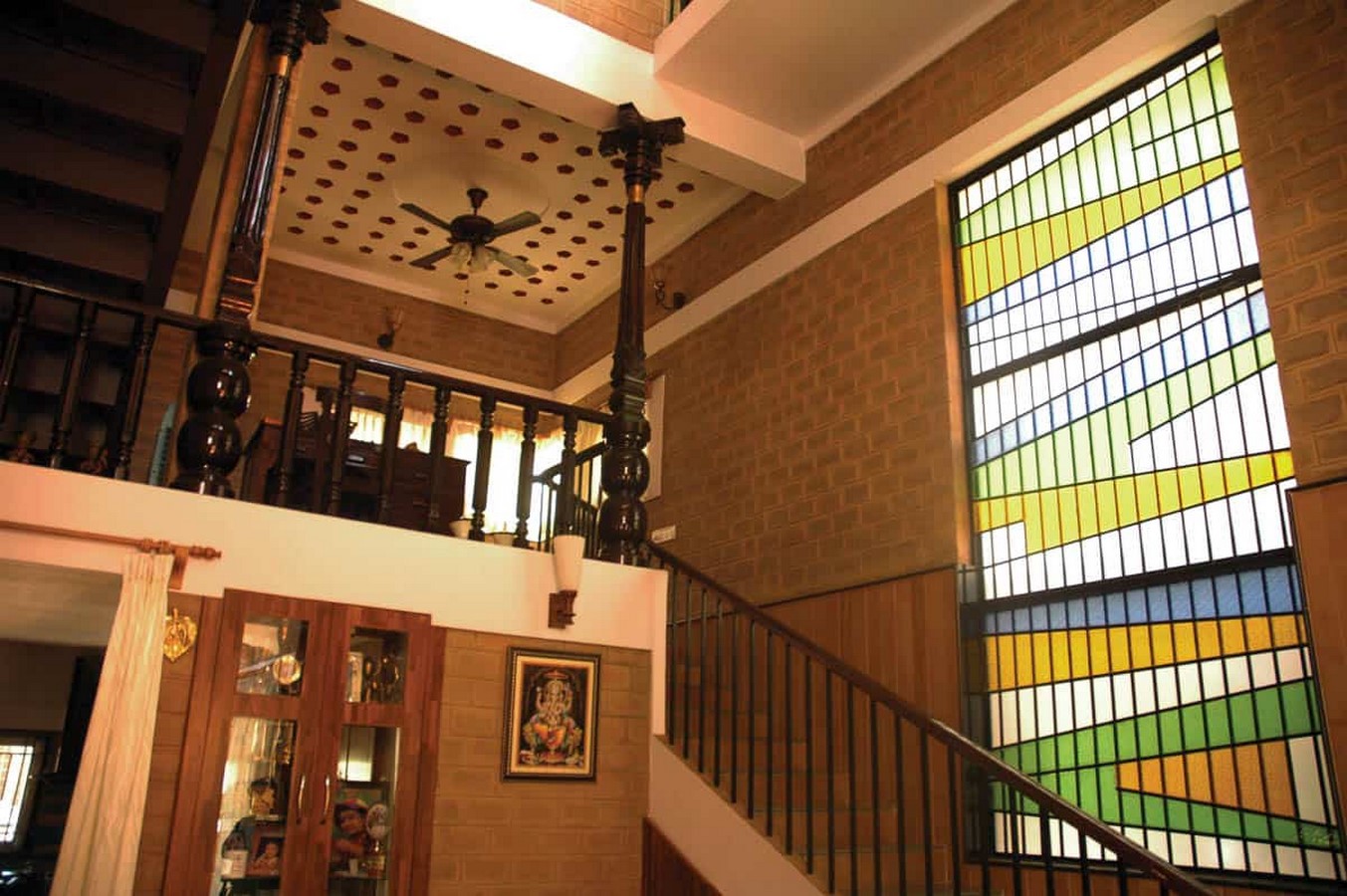
Laurie Baker, one of the most renowned architects of India, is also a pioneer in using crafts as a medium to communicate architecture. He believed the buildings to be honest and achieved that through local techniques. The building articulates its people and their ways of living. Hence the building located in Trivandrum would ultimately adopt the style of its people. Traditional craft as a modern pursuit. Someone saw this in one of his designs, the Indian Coffee House, where he extensively used all walls for the facade due to its hot and dry climate. These perforated walls would further keep the insides cool. All these attempts are familiar to the inhabitants but are being ignored due to the rapid commercialisation of buildings; the area’s art and craft make its architecture solitary.

In conclusion, history can never be obliterated. Instead, the buildings learn, unlearn, and evolve; it is crucial to adopt ways that preserve them too. What is architecture if it’s monumental but inhabitable? So do ways that lead to their construction; ancient practices have proved impeccable with their structural stability and the techniques with which it’s been made. Today, the oldest temples are made with the simplest means that carry the utmost essence. Architecture represents society and is always built on its strong foundation principles.
References:
https://surfacesreporter.com/articles/82410/architectural-inspirations-the-work-of-laurie-baker
[Accessed 25 March.2023].
https://garlandmag.com/threads/crafts-interior-architecture-india-1990-onward-rishav-jain/
[Accessed 25 March.2023].
https://www.architecturaldigest.com/gallery/beautiful-examples-historic-modern-architecture-come-together
[Accessed 26 March.2023].


